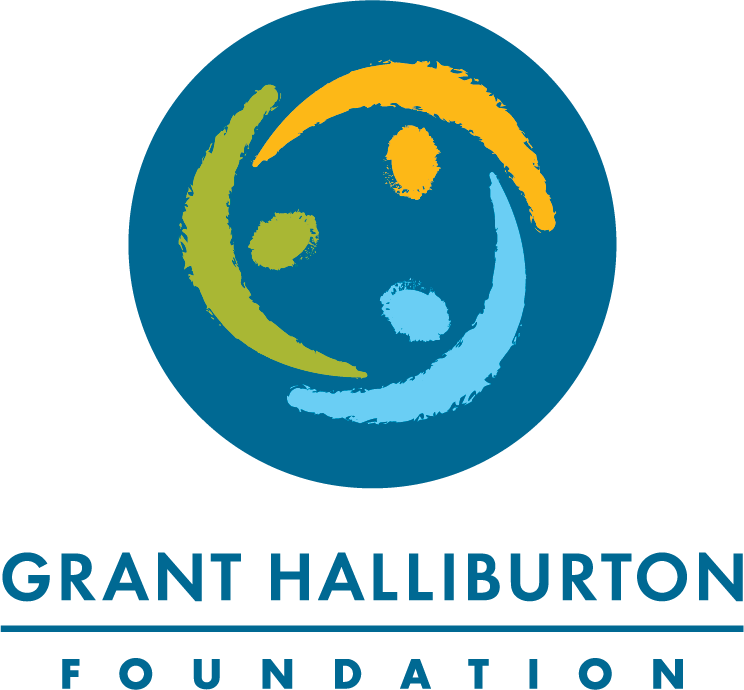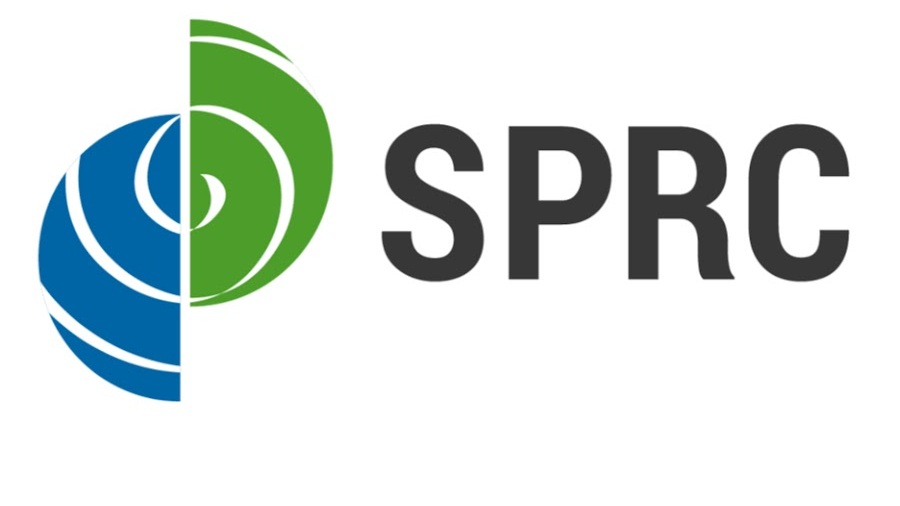Let’s talk about suicide prevention.
Adolescence is a time of change, when young people may experience stress from many sources, including relationships with friends and family members or problems at school. As children grow into teenagers, it becomes more challenging for adults to know what they’re thinking and feeling.
According to the National Alliance on Mental Illness, 1 in 5 youth ages 13 to 18 lives with a mental health condition. Depression puts a person at higher risk for suicide, which is the second leading cause of death for Texas youth ages 10 to 24. When ignored, mental health disorders can lead to life-threatening consequences.
When do the normal ups and downs of adolescence become something to worry about?
It's important to learn about the factors that can put a teen at risk for suicide. The more you know, the better you'll be prepared for understanding what can put your child at risk.
Websites
Grant Halliburton Foundation believes education is the first step to overcoming mental health barriers and stigma in our communities. Stigma surrounding mental health often prevents people from seeking appropriate help. We cannot ignore the need for knowledge and education surrounding mental health. Since 2006, Grant Halliburton Foundation has trained more than 250,000 students, educators, parents, and professionals across North Texas on topics like depression, suicide prevention, bullying, and resilience.
Kognito is a health simulation company. Our simulations with virtual humans prepare people to lead real-life conversations that change lives. They have pioneered and studied a new approach to build and assess the capacity of people to lead real-life conversations that result in measurable changes in social, emotional, and physical health.
Articles
After a Suicide: A Toolkit for Schools
provides step-by-step guidance, templates, and resources all in one place. It is a vital resource to help school administrators and crisis teams plan for and implement appropriate postvention strategies to facilitate communications, support grieving students and staff, identify at-risk individuals, and more.
Coming Together to Care: A Prevention and Postvention Toolkit
This Toolkit provides a wealth of information, data, and resources related to suicide prevention, intervention, and postvention important in our quest to reduce deaths by suicide.
Preventing Suicide: The Role of High School Teachers
This toolkit is designed to assist schools in the aftermath of a suicide (or other death) in the school community.
PRINTABLES
TAG, You’re It! Wallet Card
This convenient wallet-sized brochure offers life-saving information including the warning signs for suicide, what to do and where to find help.












